by Malcolm Jolley

Will Jolley (4) hangs out with Mr. Cheese.
My six and four year old sons were invited to their friend’s (and our neighbour’s) birthday party. The catch? It was to be at a Chuck E. Cheese’s franchise in the suburbs, and the birthday boy’s family car was full. If my kids were going to go, then I would have to drive them. To her credit, the birthday boy’s mum made it very clear she understood completely if we quietly declined the invitation – her own son had absolutely insisted, but she dreaded the trip herself. I think she was surprised when I said yes, but the truth was I had always been curious about what went on at Chuck E. Cheese’s since I used to see their TV commercials on the old UHF station, Buffalo 29, in the early 80s. This would be my chance to check it out and engage in a little particpatory journalism. Could it be that bad?
The first Chuck E. Cheese’s opened its doors in 1977 in San Jose, California. Chuck E. Cheese’s Pizza Time Theatre was founded by Nolan Bushnell, who knew a thing or two about arcades and amusements having founded the computer and video game company Atari five years earlier. Bushnell’s vision was a sort of cross between an amusement park, arcade and pizzeria, and that’s more or less what the company does to this day. Over the past 30 years, it’s become a big public company, based in Texas, with over 500 locations around the world.
When I was kid, growing up in Toronto in the 70s and 80s my favourite restaurant in the world was The Organ Grinder, on the Esplanade near the St. Lawrence Market – the space is now the (original) Bier Markt. The Organ Grinder offered a lot of what Chuck E. Cheese’s does, or so I thought from browsing the latter’s website. The premise was pizza, theatre (animatronics at Chuck E. Cheese and the organ at the Grinder) and arcade games. But The Organ Grinder was an altogether different and more sophisticated affair. For one thing, there was a bar with real drinks for adults and Shirley Temples and the like for the kids playing tabletop Pac-Man or pinball. In fact the restaurant was more like a club or cabaret with black painted walls and table service. Sure, it was loud and full of boisterous kids under 12, but it offered grown-up pleasures as well as the veneer of a civilized restaurant experience, with place settings, a menu and waiters and waitresses. Other theme-restaurants of that era, like Mr. Greenjeans (especially the original on Adelaide) or The Ground Round in Buffalo worked on this model, and I supposed Chuck E. Cheese would more or less be the same. Besides, a friend of mine in LA had been a few years ago and said there was cheap beer.
The beer at Chuck E. Cheese’s at Victoria Park and Sheppard was not particularly cheap and was not at all promoted. A few lableless taps protruded out of the wall behind the main counter, and “beer” was listed as the very last item on the wall menu. This might have had something to do with the restaurant’s location at the fringes of multi-ethnic Scarborough. There was at least one mother there in a full burqua, and the clientele was as representative of Toronto’s diversity as anywhere south of Steeles. At any rate, they weren’t pushing the beer, and even if they were, there would have been little time, and no obvious place, to drink it.
Chuck E. Cheese’s franchises work on a standard model that works a bit like if the playroom at McDonald’s took over the whole restaurant. When we arrived we were greeted at a sort of gate by a polyester uniformed teenager who stamped the wrists of my two boys and me with the same alpha-numeric sequence in ultra-violet ink. The kids would not be allowed to leave without me, the adult, with the same sequence stamped on all of our wrists. In theory, this means kids can run around with minimal adult supervision. In practice, little kids always need to be supervised, shown the bathroom, helped with finding their shoes and whatever else.
The room, which was decorated with industrial carpet and various CEC Entertainment Corp posters, is a biggish box of a space in a strip mall – about the size of a Giant Tiger, and decorated like an airport terminal in a small town. There is one main, fast food-style counter where adults buy pizza and token combos: all monetary transactions happen here. The tokens are used to play either crappy video games which look like they were developed in 1991 or arcade games of chance and/or skill. The latter spew out tickets, which can be redeemed for merchandise. The tokens are worth about 25 cents each, but the tickets can be supplemented to buy the merchandise at the rate of one cent. The birthday boy’s parents had bought tons of tokens for the dozen or so kids in attendance, maybe $100 worth. I supplemented my boys’ token supply to the tune of $30. When we left they had enough tickets to walk away with two smallish lollypops each, worth 60 cents retail, if the dollar to ticket ratio for purchase is a true exchange.
In truth, I wasn’t particularly surprised or bothered by the questionable value of the arcade – that’s sort of the point of arcades. In a way, I was kind of glad the kids could experience this tacky side of the amusement business. The last video parlour on Yonge Street is long gone, and who knows if there will even be pool halls for them to hang out in by the time they hit adolescence. This at least would give them a peek at this sort of rip-off entertainment. The theatre, on the other hand, was pretty underwhelming. Even my four year old was bored when we went over to watch the animatronic band composed of the namesake mouse mascot and various other CEC Entertainment corporate characters like the Purple Pizza Muncher. There was no attempt to put on a show of any kind. The “band” just played continually on the back wall. I suppose having a show would distract the kids from begging their parents for more tokens, whcih could be conveniently bought throughout the store.
Please note, gentle reader, the change in terminology from ‘restaurant’ to ‘store’. The latter is the preferred MBA-inspired term for the QSR, or ‘quick service restaurant’. The birthday party package, or sort of default menu, was pizza and pop. One ordered the food at the main counter and was given a large wax paper cup and directed to the self-serve soda fountain. It had pop and sugary fruit drinks, as well as tap water. One poster on the wall assured its readers that the pizza was “made with real cheese”, which I suppose could be construed as encouraging. There was also a poster advertising the salad bar at the main counter, which had real (Texan and Californian, I’m sure) vegetables and lettuces as well as the standard processed food additions (bacony bits, etc.) that go with the plastic sneeze guard.
When the pizza came, I held back to let the kids help themselves first, but I was pretty hungry. This was Sunday, and one of the top restaurant critics, in the day before’s paper had written about the proliferation of serious pizza restaurants in the city. I love serious pizza, but I don’t really mind mass market pizza either: I have been known to steal a slice or two of mass market chain pie at the end of a kids soccer game or a home birthday party. It’s just bread, tomato and cheese: again, I asked, how bad could be? The kids were generally too distracted to eat a lot of pizza, so I got my chance to purloin a slice pretty quickly. The pizza was a sort of ‘deep dish’ kind that Pizza Hut serves (or did more than a decade ago, when there was a concession at Queen’s Law School, and I was a prisoner of the library unable to go off campus for something decent to eat). Chewy and rubbery, light on the tomatoes. This dough was oddly sweet, but every thing seemed pretty much OK… then, it hit me. Salt. Sodium chloride. Sodium other things, too, – I’m sure. Everything: the dough, the sauce, the “real cheese” was as salty as the Dead Sea and then some. And then a lot. I started rubbing my tongue forward on the roof of my mouth, hoping to scrape the salt off.
All I wanted was liquid in my mouth: badly and quickly. The four year old had wandered back to the arcade games, so I downed the half a bucket of orange pop still in his cup. That wasn’t enough. I went back to the fountain and refilled the waxy paper pint back up with orange pop. A diabetic coma was preferable to the sodium headache and dry mouth I experienced, which put any MSG hangover to shame. If my adult body was reacting this way, what was it doing to the 100+ kids in the room eating the same food-like substances, to borrow Michael Pollan’s so very apt term for food of little or no nutritional value?
While I was over by the soda fountain, trying desperately to desalinate, I had the opportunity to peek into the “kitchen”. The “cooks” and the order takers at the counter, and servers who brought the pizzas to the plastic tables, seemed to be all the same. On shelves on the walls, were stacks of cardboard boxes labeled “Sysco”. In the middle of the room was a large conveyor belt sort of oven, and next to it a table where the pizzas were assembled by the workers. I saw no other cooking equipment, but a vaguely managerial looking guy noticed me staring and started to walk over purposefully in my direction. I smiled back at him just as my four year old tugged at my sleeve asking me to buy him some more tokens. I attended to this business, on the conviction that whether the chicken wings and French fries on the menu were deep fried on premises or merely warmed up really didn’t matter, and an altercation with the manager might kill the birthday party vibe.
The lion’s share of the “dining room” of Chuck E. Cheese’s is “reserved” for birthday parties. Each store can accommodate something like ten birthday parties of 20 or so kids, every hour for seven to eight hours a day. Or maybe more – the hours posted at this one had it opening at eight in the morning. That’s a lot crappy, food-like substances poured into the bodies of a lot of little, vulnerable kids, just so their parents will take them to buy tokens. My kids had fun, at first. But after a while they assumed the zombie-like stare and passivity they get when they play computer games or watch TV for a little too long. As for their dad, I doubt very much my trip to Chuck E. Cheese’s will rank high on my ‘special parenting moments’ list.
We left after two hours. The kids were starting to crash from their pop sugar high. I’d spent enough money on the sodium-pushing mouse and I was pretty happy to get out into the sunlight of that North York parking lot and start planning an antidote dinner of real food. When we got back home, we went to the park and had a squirt gun fight, then I had a beer and the kids had a juice popsicle they made the weekend before.
Next Saturday you’ll find me and the kids at the Green Barn, or the Brick Works, or maybe just the local pizzeria (where the pizza is serious, made in an oven by a cook, and they can tell us where all the food comes from). There will be no animatronics.

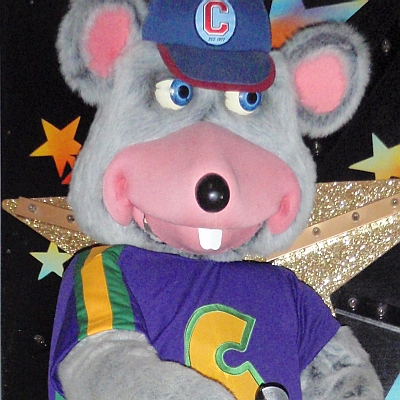

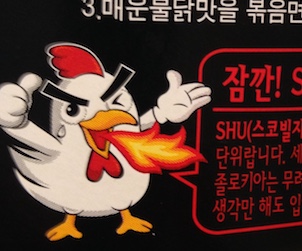
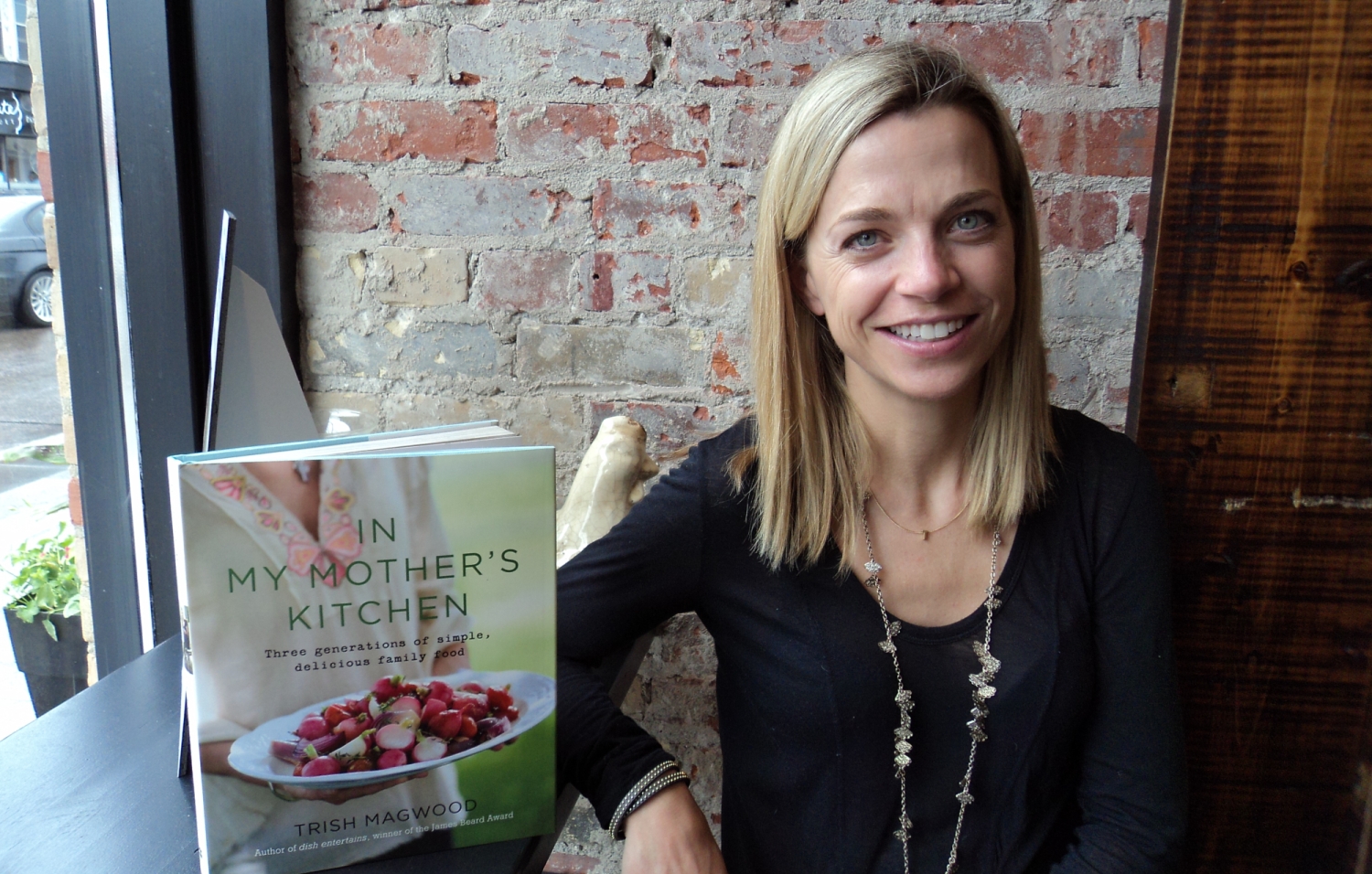
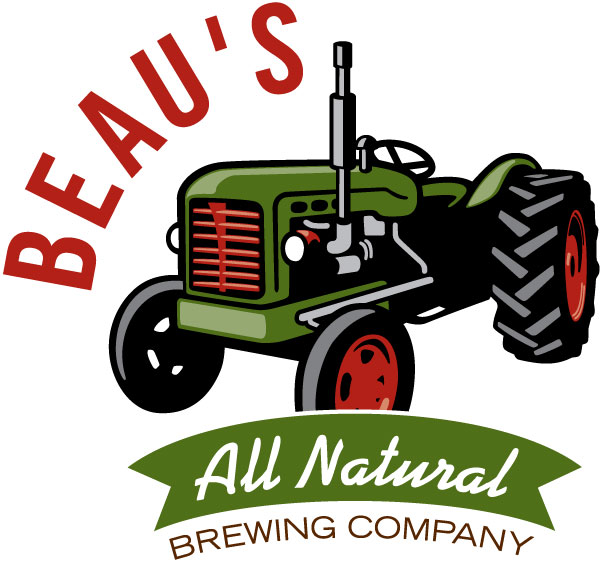
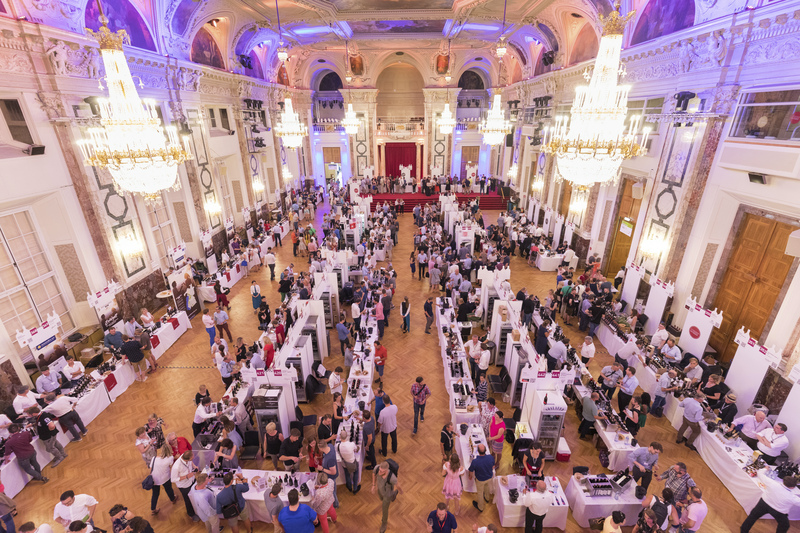

Next time the kids want to have a party, take them to Dave and Buster’s (http://www.daveandbusters.com/). The food is less cardboard-y and you can most definitely drink there. No Cheesy Mascots (heh heh)
Great article, Malcolm.
Great post! I loved the Organ Grinder when I was a kid, too. (My parents never would have voluntarily taken me to Chuck E. Cheese!)
But I do vaguely remember a friend’s birthday party at CEC once, although it clearly didn’t impress me. It seems like the type of place you only go to once, because I can’t imagine the experience getting any better a second time!
I found “Medieval Times” to be a similar experience, but with more “fun” for adults. http://adamgorley.blogspot.com/2010/02/medieval-times-are-some-odd-times.html
I’ve been to two birthdays at Chuck E. Cheese. Both resulted in gastro-intestinal distress.
Indeed, David. There was no small amount of that either. – Malcolm
My condolences, Malcolm. Hilarious piece.
Somewhere in at CEC is a working teenager who has no idea what they want to do when “they grow up” but because of their experience at CEC they might think about learning more about the restuarnt industry and pursue post secondary education at GB, Humber,Ryerson or Guelph and before you know it the are attending events like Terrior and reading Good Food Revolution everyweek.
True story expect I started at Canada’s Wonderland selling nachos and cheese at 15 years old.